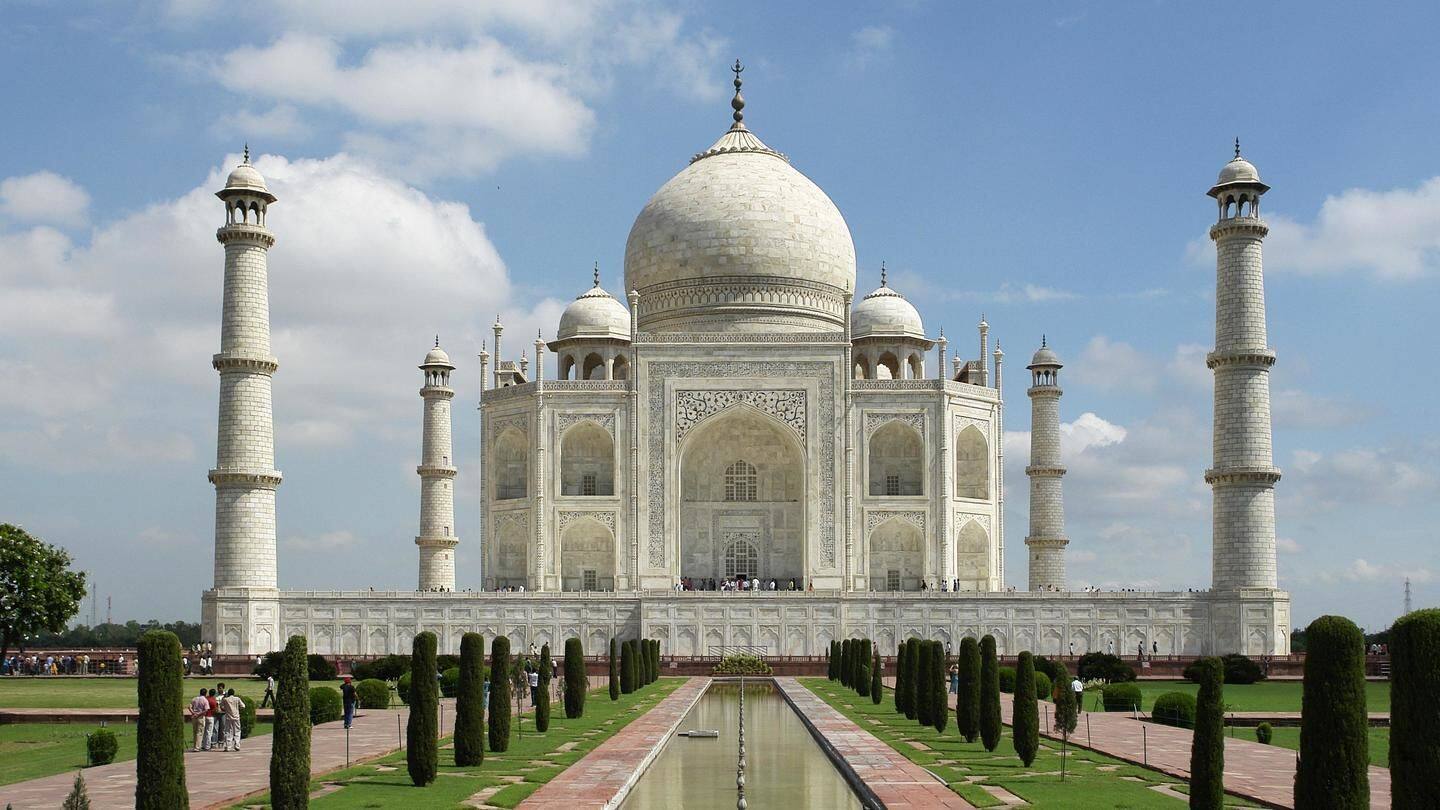
Is Taj Mahal turning brown? Scientific study to find out
What's the story
The color of Taj Mahal from yellow to supposed brown has troubled environmentalists; hence, a scientific study will find the exact hue of the monument.
On May 1, the Supreme Court had expressed concern over Taj's deteriorating conditions on environmentalist M C Mehta's appeal.
The bench told government representative ANS Nadkarni to employ experts to assess color of Taj's marbles and submit a report.
The hearing
Maybe you don't care, the Supreme Court had said
The apex court rebuked the government for ignoring the environmentalists' concern of effects of pollution and deforestation on Taj Mahal.
The bench comprising Justices M B Lokur and Deepak Gupta observed, "Even if you have the expertise, you are not utilizing it. Or perhaps you don't care."
It asked to involve foreign experts, "unless there is a decision that the Taj has to go."
The process
Team of experts to use technology to arrive at conclusion
To avoid taking any chances, Union culture and environment minister Mahesh Sharma said a team of experts will compare original photographs of the monument from 100 years ago to present ones.
Color Stereography, a technology that forms a single three-dimensional image through a special lens of two identical photographs, will be used.
The minister, however, didn't divulge if team consisted of foreign members.
Details
After study, no-one can claim Taj turned yellow, hopes Sharma
Pinning his hopes on the study, Sharma said after a proper document is submitted to Supreme Court, "no one can raise questions on the color of the 17th-century mausoleum or claim that it's turning yellow or brown."
The Supreme Court has been monitoring developments to protect the monument, declared a world heritage site by UNESCO, built by Mughal emperor Shah Jahan.